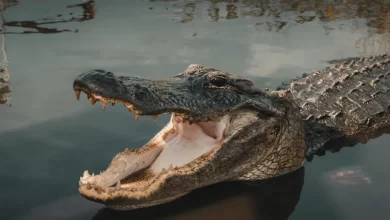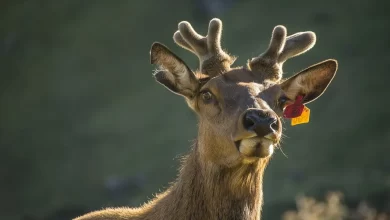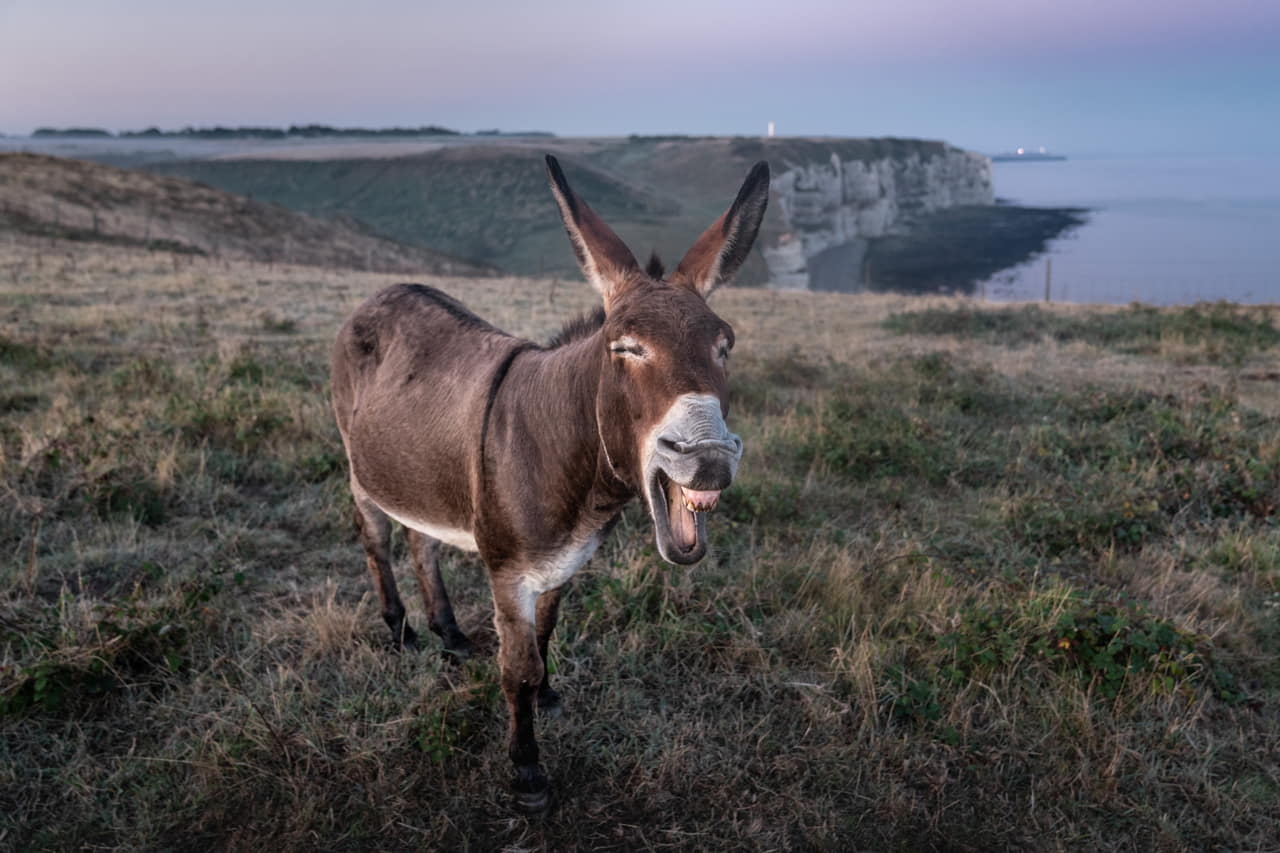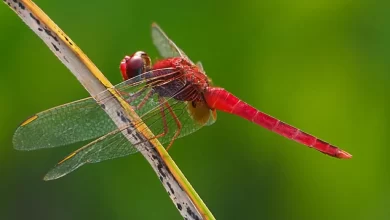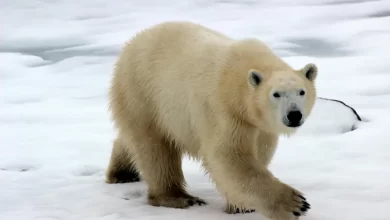The black mamba (Dendroaspis polylepis) is one of the most feared and deadly snakes in the world. Found predominantly in sub-Saharan Africa, it is known for its speed, agility, and highly potent venom. The black mamba can reach lengths of up to 14 feet (4.3 meters) and is named after the inky black color inside its mouth, not its scales, which are more olive to grayish in color. Despite its name, it is not entirely black. The venom of the black mamba contains neurotoxins that can rapidly lead to paralysis and death if left untreated. Due to its fierce reputation and potential danger, the black mamba is both respected and feared by those who encounter it, making it an iconic and captivating creature in the realm of snakes.
- The black mamba is known for its highly toxic venom, which contains a combination of neurotoxins and cardiotoxins. Its venom is fast-acting and can lead to respiratory failure, paralysis, and death if not treated promptly.
- The black mamba is one of the fastest snakes in the world, capable of slithering at speeds of up to 12 miles per hour (20 kilometers per hour).
- Adult black mambas can reach impressive lengths of up to 14 feet (4.3 meters), though they are typically around 8 to 9 feet (2.5 to 2.7 meters) long.
- The name “black mamba” comes from the inside of its mouth, which is inky black. The snake’s body coloration ranges from olive to grayish, not black.
- The black mamba is active during the day (diurnal) and is most commonly sighted in the early morning or late afternoon when it hunts for prey.
- Black mambas are carnivorous and primarily feed on small mammals, birds, and occasionally other reptiles. They are especially adept at hunting birds in trees.
- The black mamba has excellent vision, allowing it to locate prey from a distance and detect potential threats.
- The black mamba is widely feared and respected in Africa, and many local cultures have folklore and myths surrounding the snake.
- When threatened, black mambas may raise their heads and a third of their bodies off the ground, displaying their characteristic dark mouths. This behavior is an intimidation tactic, warning potential threats.
- While black mambas are generally shy and prefer to avoid confrontation, they can become aggressive and deliver multiple bites if they feel cornered or provoked.
- Black mambas inhabit a range of environments, including savannas, woodlands, rocky hills, and sometimes even cultivated areas.
- Female black mambas lay eggs and incubate them internally. The clutch typically consists of 10 to 25 eggs, which hatch after about two to three months.
- While adult black mambas have few natural predators due to their venomous nature, they may still fall victim to birds of prey and certain mammalian predators.
- The black mamba is listed as “Least Concern” on the International Union for Conservation of Nature (IUCN) Red List, meaning its population is relatively stable.
- In the event of a black mamba bite, prompt medical treatment with appropriate anti-venom is crucial for a victim’s survival.
- Black mamba bites are serious medical emergencies, and fatalities can occur if medical attention is delayed or unavailable.
- A single black mamba bite can deliver a substantial amount of venom, often more than 100 mg, making it one of the most dangerous snakes in Africa.
- Black mamba venom primarily affects the nervous system, leading to symptoms such as paralysis, difficulty breathing, and loss of consciousness.
- Like other snakes, black mambas use their forked tongues to pick up scent particles from the air, helping them locate prey and communicate with other snakes.
- The black mamba has made appearances in African mythology and is sometimes regarded as a symbol of power, danger, or transformation.
- The black mamba has a wide distribution across sub-Saharan Africa, spanning countries such as South Africa, Namibia, Zimbabwe, Mozambique, Zambia, Angola, and others.
- Unlike many snake species, the black mamba can be found at considerable elevations, sometimes up to 6,000 feet (1,800 meters) above sea level.
- During the mating season, male black mambas engage in “combat dances” where they compete for the attention of a female. They raise their bodies off the ground, intertwine, and attempt to push each other.
- The venom of the black mamba is so potent that it can kill an adult human within a few hours if left untreated.
- Like all venomous snakes, the black mamba has hollow fangs through which it injects venom into its prey. The fangs are located in the front of the upper jaw and can be up to 1.25 inches (3.2 centimeters) long.
- Black mambas are typically solitary creatures, only coming together during the mating season.
- The lifespan of a black mamba in the wild is estimated to be around 11-15 years.
- Like other pit vipers, black mambas possess specialized heat-sensitive pits on their heads that help them locate warm-blooded prey, even in darkness.
- There are anecdotal reports of black mambas achieving even higher speeds, up to 20 miles per hour (32 kilometers per hour), but these instances are not scientifically verified.
- Black mamba bites have a high fatality rate if untreated, with death occurring as quickly as 20 minutes to a few hours in severe cases.
- The black mamba belongs to the Elapidae family, which includes other venomous snakes such as cobras and coral snakes.
- While the black mamba’s overall population is relatively stable, habitat loss, human persecution, and illegal wildlife trade can pose threats to their survival.
- The black mamba’s fearsome reputation has led to its portrayal in various media, including movies, books, and art, further solidifying its image as a formidable and dangerous snake.
- Researchers study the venom of the black mamba to better understand its properties, potential medical applications, and to develop antivenom.
- As top predators in their ecosystems, black mambas help control rodent populations, which can have cascading effects on the balance of the ecosystem.


